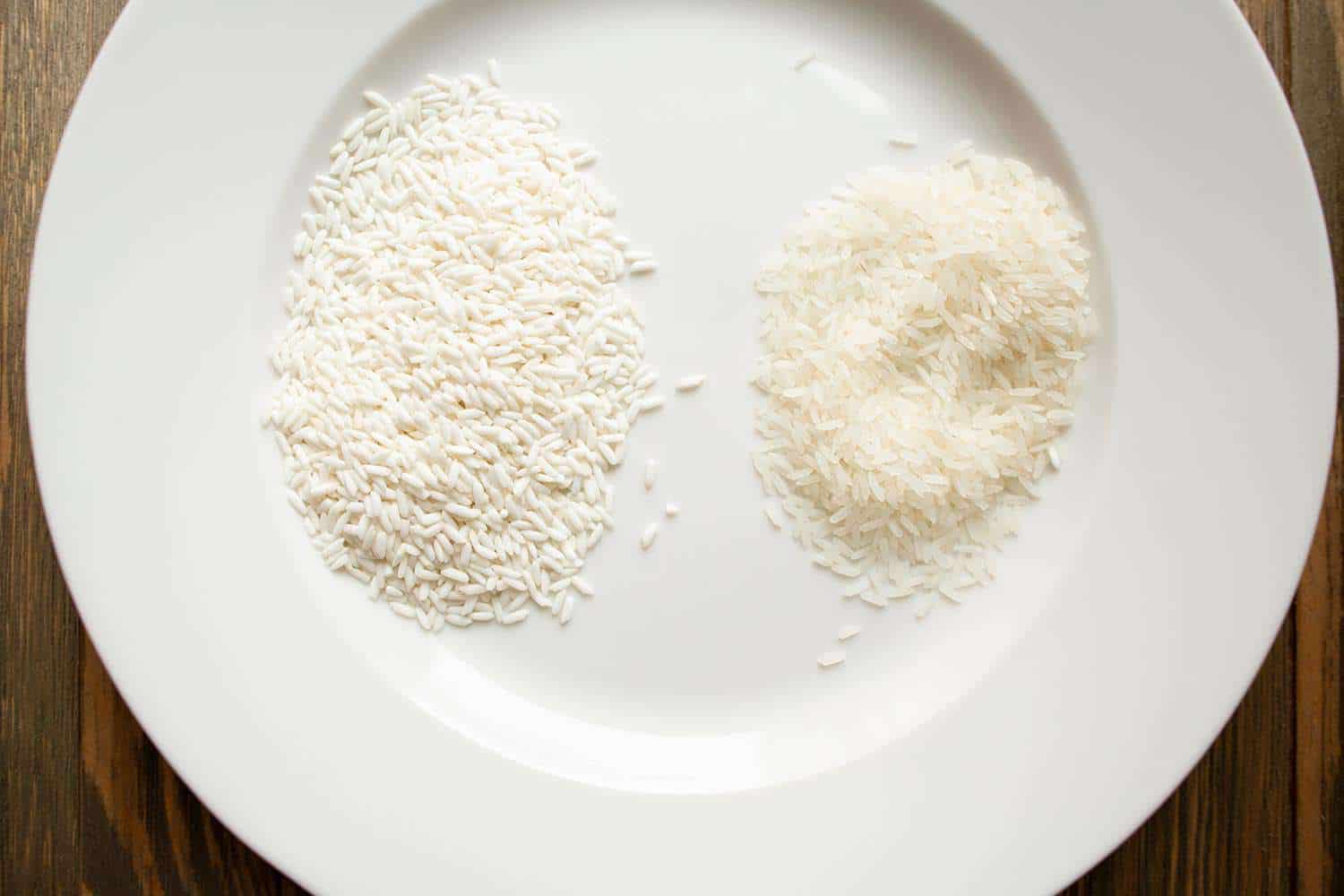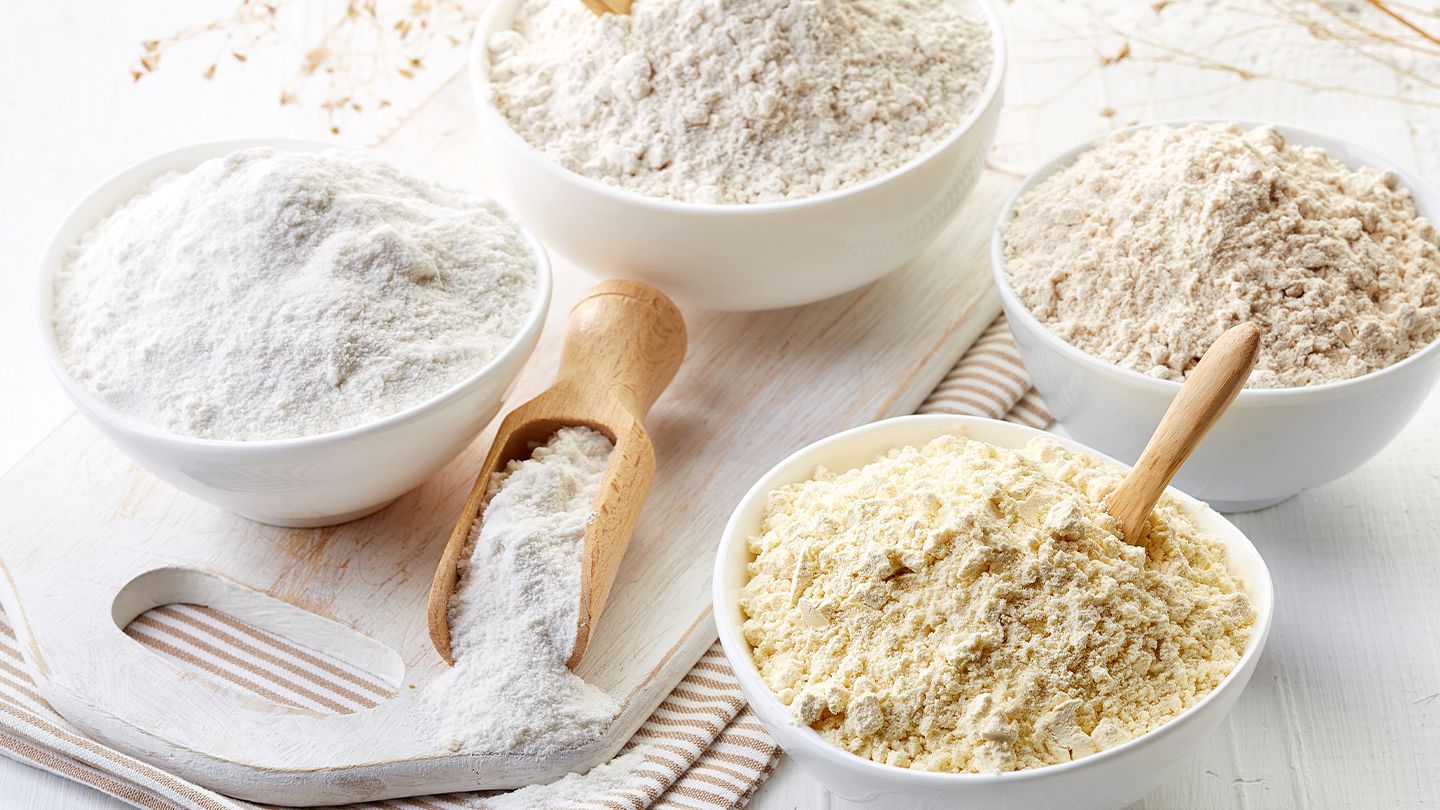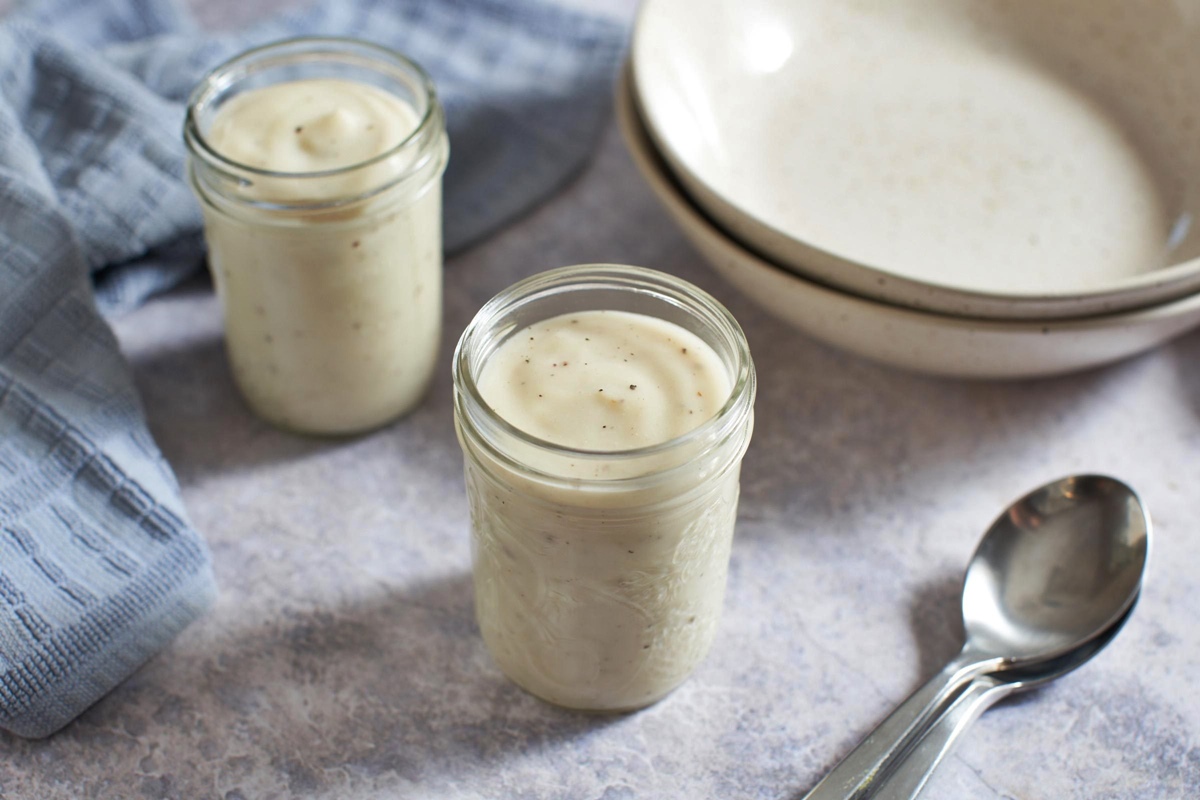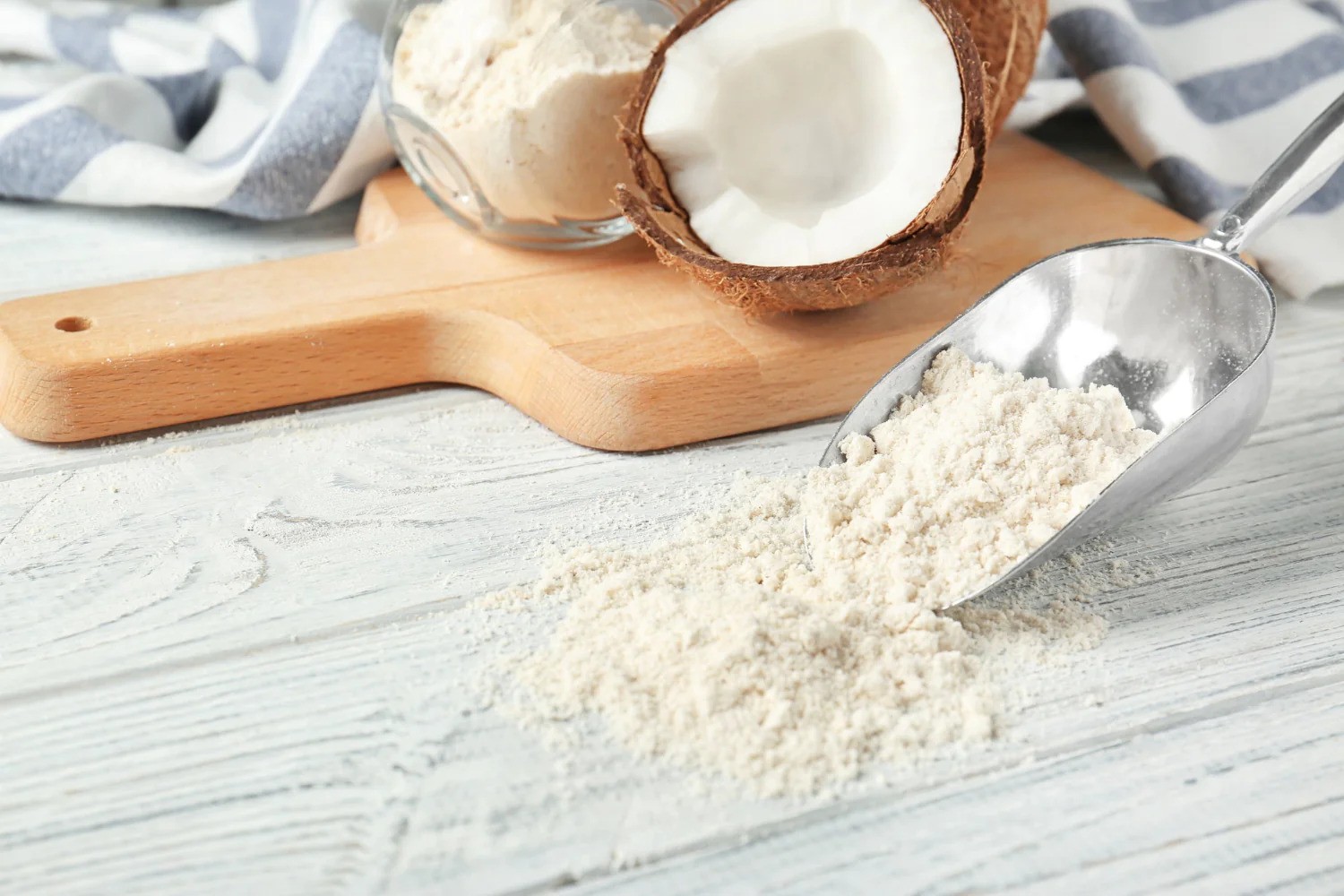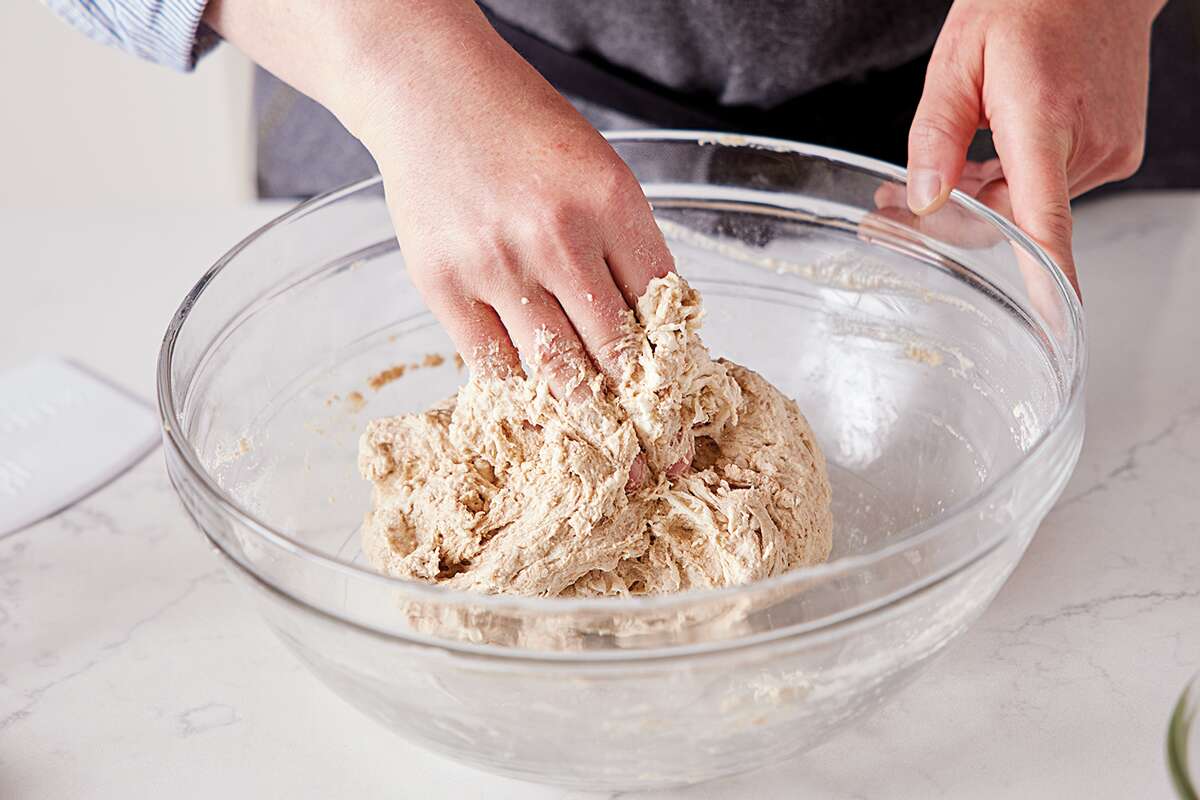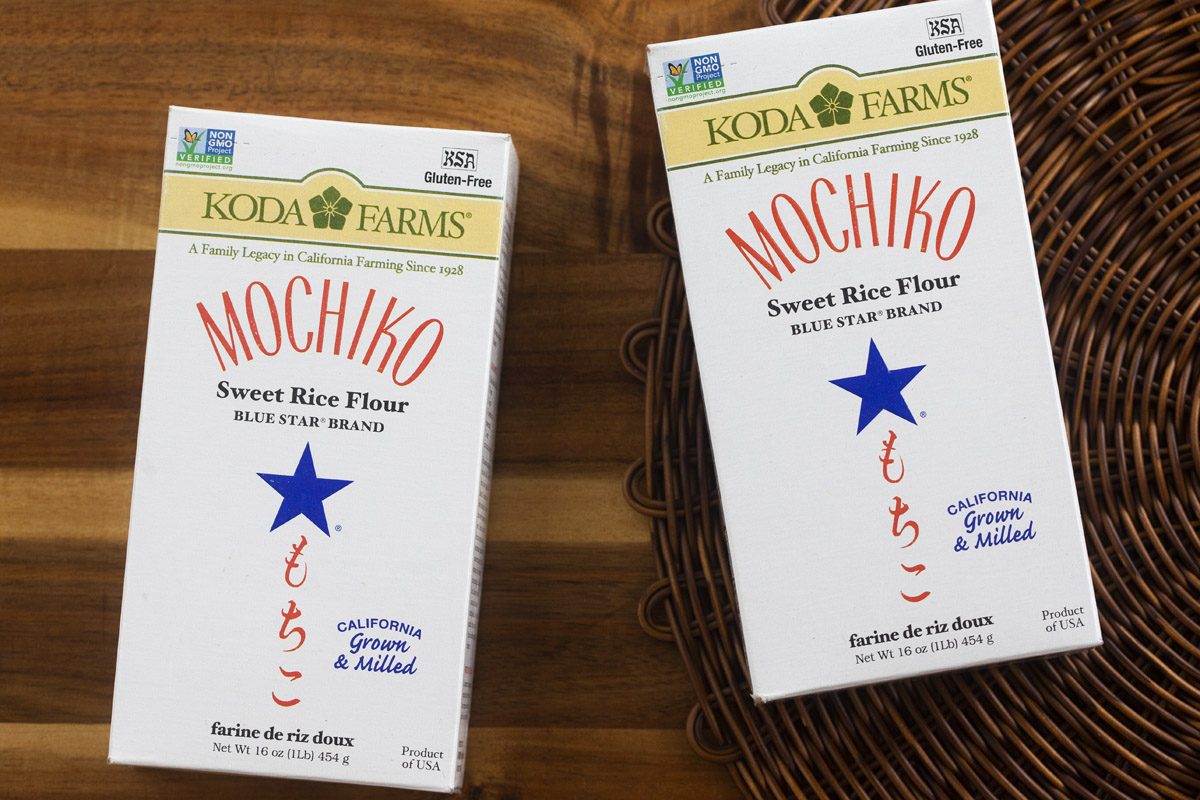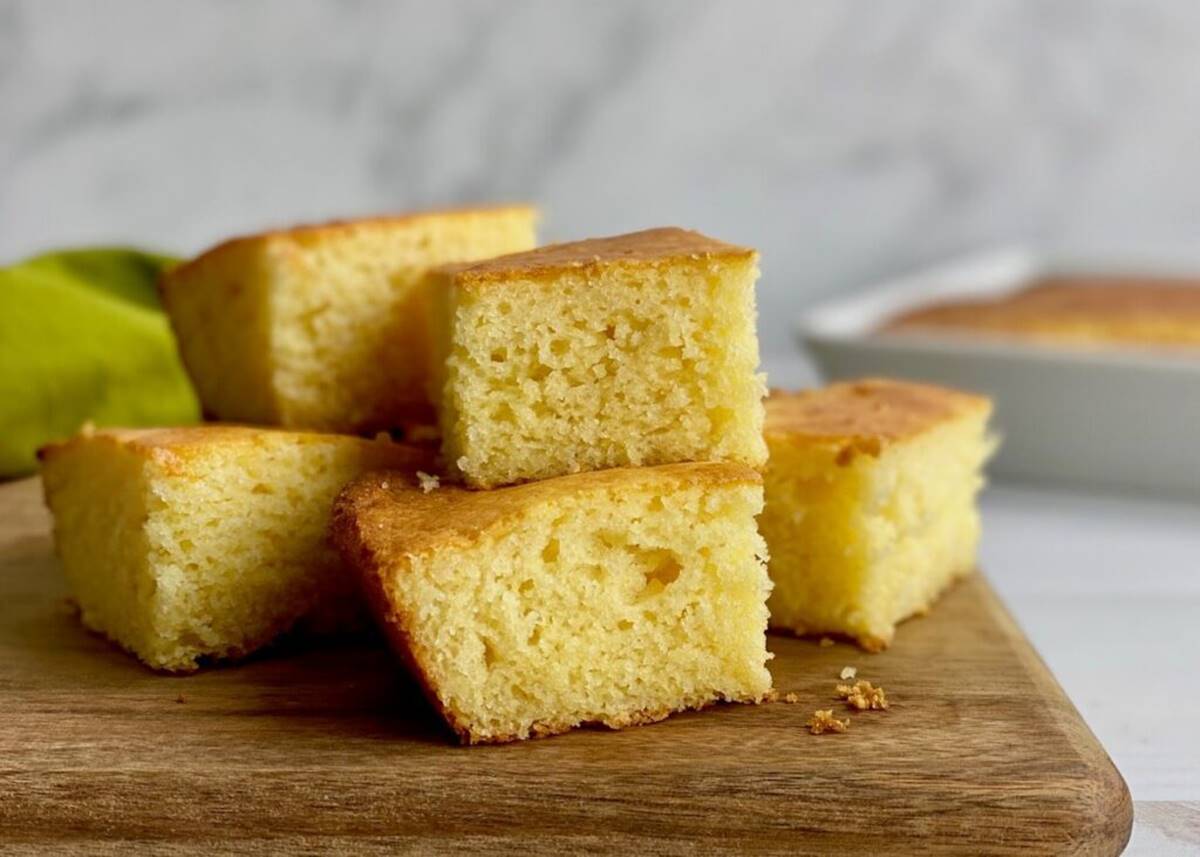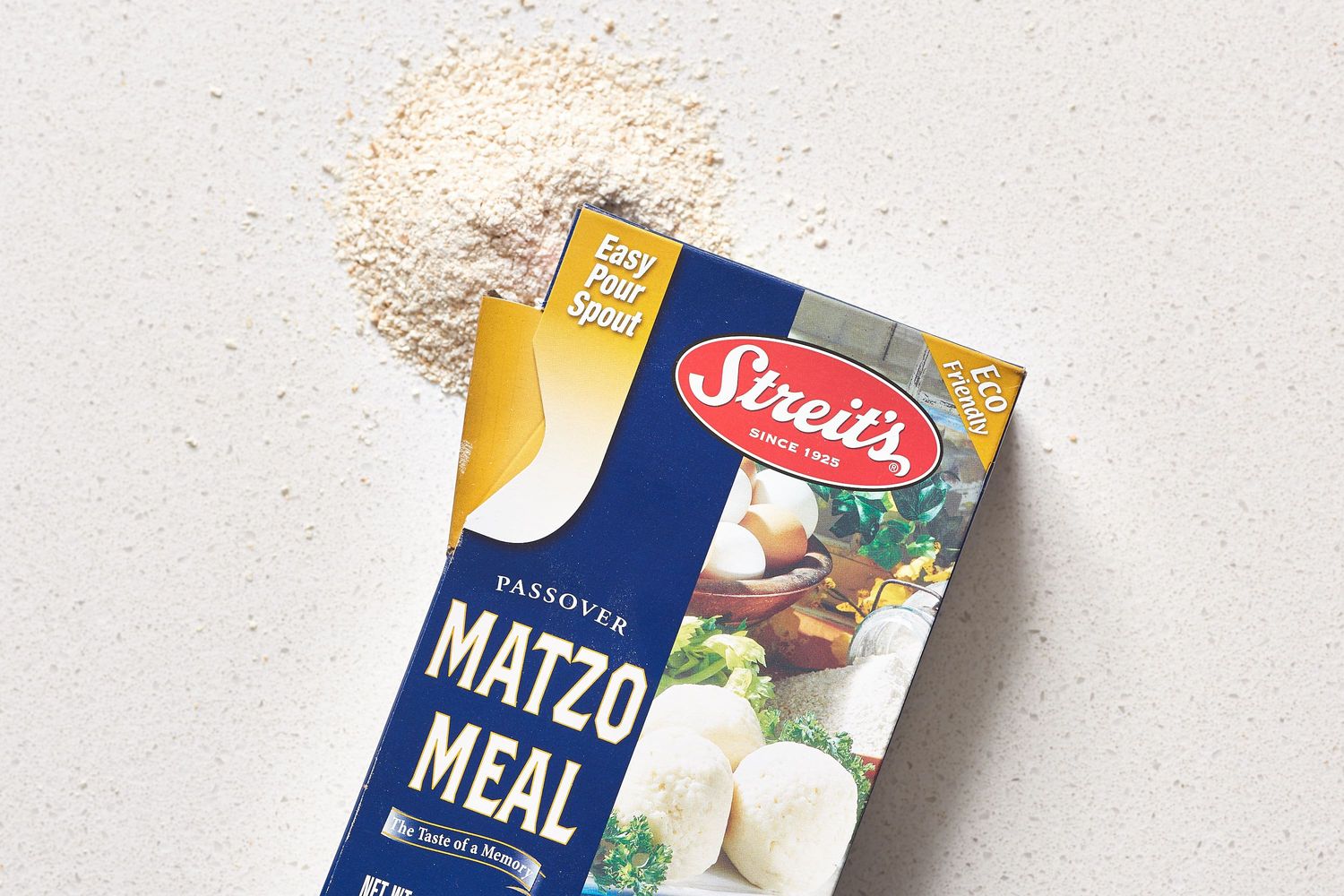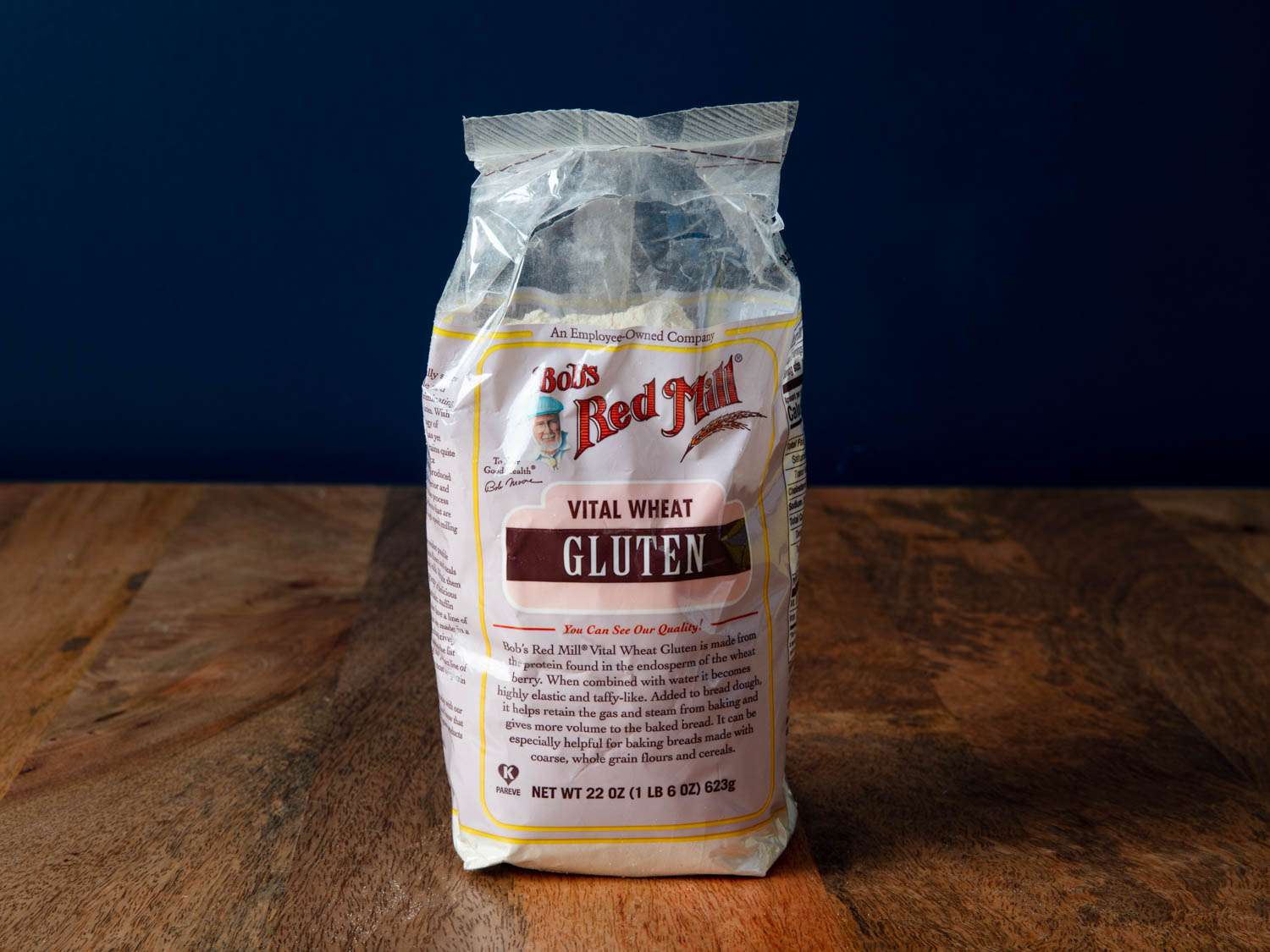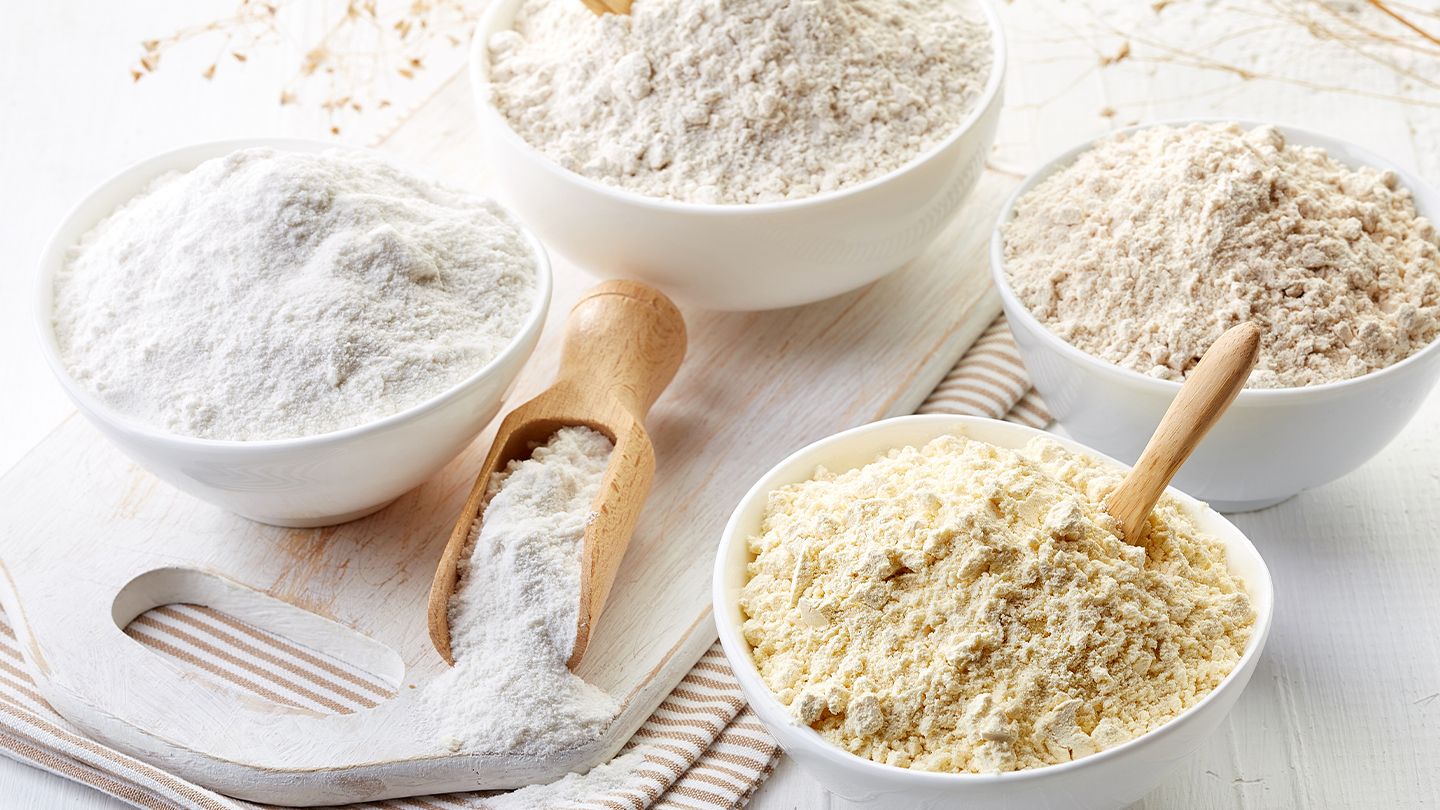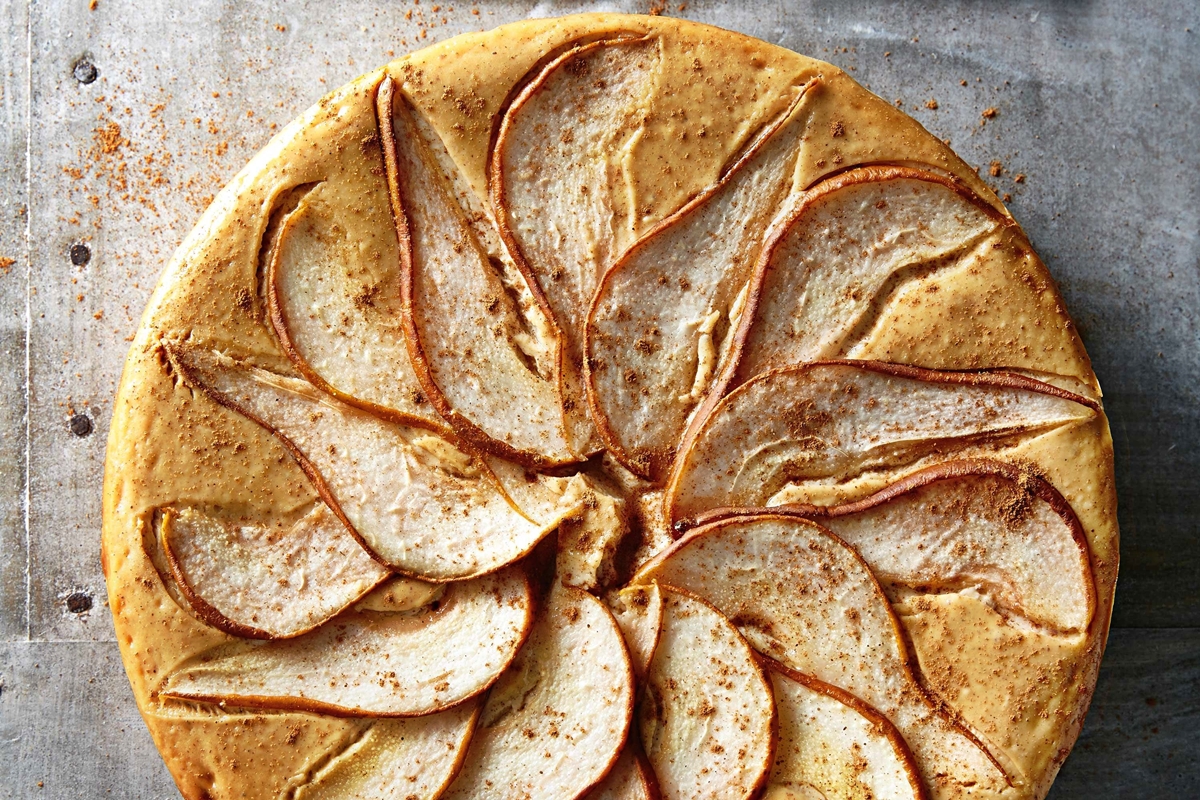How to Substitute Gluten Free Flour for Regular Flour
For those with gluten sensitivities or celiac disease, finding the perfect alternative to regular flour can be a game-changer in the kitchen. But fear not! There are plenty of options available that will allow you to enjoy your favorite recipes while remaining gluten-free. In this article, we will explore different gluten-free flour substitutes and how you can seamlessly incorporate them into your baking adventures.
1. Almond Flour
Almond flour is a popular choice for those following a gluten-free diet. Made from finely ground almonds, it adds a delicious nutty flavor to your recipes. When substituting regular flour with almond flour, use the following conversion:
- 1 cup of regular flour = 1 cup – 2 tablespoons of almond flour
2. Coconut Flour
Coconut flour is another versatile gluten-free substitute that’s gaining popularity. It is made from dried coconut meat, resulting in a light and fluffy texture. When using coconut flour instead of regular flour, keep in mind the following conversion:
- 1 cup of regular flour = 1/4 – 1/3 cup of coconut flour
3. Rice Flour
Rice flour is a go-to option for many gluten-free bakers. It is made from finely ground rice and offers a neutral taste, making it suitable for various recipes. When swapping regular flour with rice flour, use this conversion:
- 1 cup of regular flour = 1 cup of rice flour
4. Buckwheat Flour
Despite its name, buckwheat flour is actually gluten-free. It is made from the seeds of the buckwheat plant and has a rich, earthy flavor. Here’s the conversion to keep in mind when using buckwheat flour as a substitute:
- 1 cup of regular flour = 1 cup – 2 tablespoons of buckwheat flour
5. Cassava Flour
Cassava flour, derived from the cassava root, is a popular gluten-free alternative with a starchy texture. It works well in a variety of recipes, from cookies to bread. When swapping regular flour with cassava flour, use the following conversion:
- 1 cup of regular flour = 1 cup of cassava flour
6. Gluten-Free Flour Blends
If you prefer the convenience of pre-mixed flour blends, several gluten-free options are available on the market. These blends are usually made from a combination of different gluten-free flours and starches, providing a well-rounded substitute for regular flour. Be sure to follow the manufacturer’s instructions for substitution ratios.
Remember, when using gluten-free flours as substitutes, it’s important to adjust the recipe accordingly. Gluten-free flours may require additional liquid or binding agents like xanthan gum. Additionally, the final texture and taste of your baked goods may differ slightly from those made with regular flour, but with a little experimenting, you’ll find your favorite combinations.
Now that you have a variety of gluten-free flour substitutes at your disposal, it’s time to unleash your creativity in the kitchen. Don’t let dietary restrictions hold you back from enjoying delicious baked treats. Happy gluten-free baking!
– Use a blend of gluten-free flours for better texture and flavor.
– Measure the gluten-free flour by weight rather than volume for accuracy.
– Allow the batter or dough to rest before baking to hydrate the flours and starches properly.
– Experiment with different ratios and adjustments to find the right consistency and taste for your desired recipe.
– Consider adding extra moisture or fat to counteract dryness commonly associated with gluten-free flours.
